International
About thirty deaths in Gaza in the last hours, 40,435 since the war began
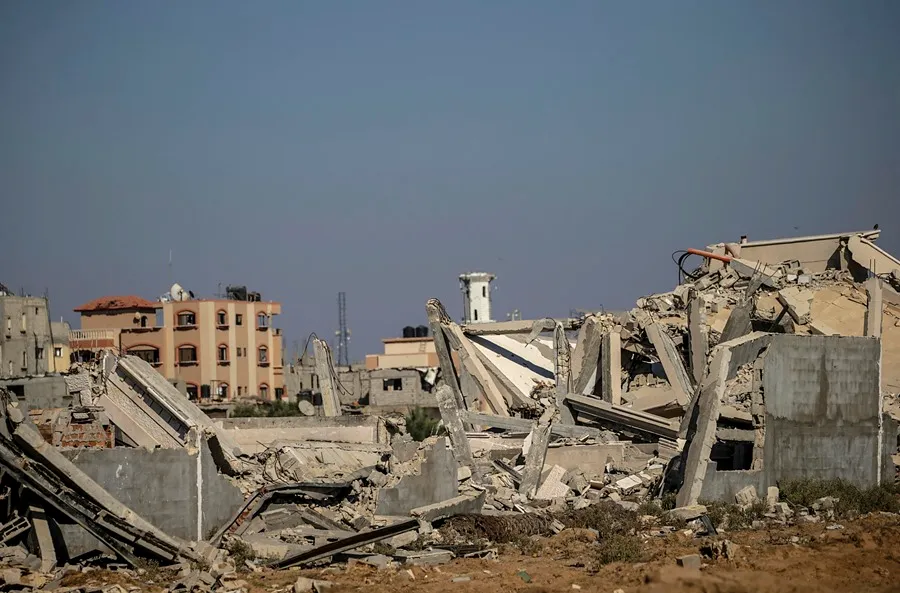
At least thirty people lost their lives in the Israeli attacks on the Gaza Strip of the last 24 hours, according to the Gaza Ministry of Health, controlled by Hamas, and there are 40,435 deaths since the start of the war on October 7.
In addition, 66 people were injured on the last day, bringing the total number of injuries since the beginning of the war to 93,534.
According to the spokesman for the Gaza Civil Defense, Mahmud Basal, at least seven people died on Monday in an attack on a port on the coast of Gaza City (north), where a group of citizens were fishing.
Another person was killed in an Israeli bombing of an apartment in the Gaza capital, and two other bodies were recovered in Deir al Balah (center) after a bombing of a residential neighborhood in the southeast of the city.
Meanwhile, the Israeli Army claimed on Monday that it had bombed a rocket launcher from Hamas in Jan Yunis (south) that they say had been used in an attack against central Israel, in addition to attacking several alleged militiamen throughout the enclave.
“After the attack on the shuttle, secondary explosions were identified, indicating the presence of additional rockets,” a military statement said today.
In addition, according to the text, dozens of militiamen were eliminated on the last day in Jan Yunis and Deir el Balah, where Israel has been forcing the civilian population to move since last week, with new evacuation orders, despite the danger they face due to the fighting.
The municipality of Deir el Balah confirmed the displacement of 250,000 Palestinians, while 25 shelters have been de-used, according to a statement.
The Islamist group Hamas, which governs in the Gaza Strip, today referred to the attacks and forced displacements in the town of the center of the enclave and said in a statement that they represent some of “the most unpleasant images of a genocide seen in the modern era.”
This Sunday, the humanitarian group Doctors Without Borders (MSF) announced that hundreds of patients have been forced to flee from the Al Aqsa hospital in Deir al Balah, adjacent to the area considered “humanitarian” by the Israeli Army and where troops have been fighting for two weeks.
“Israeli forces have issued an evacuation order in the vicinity of the Al Aqsa hospital, to which MSF provides support, in Deir al Balah, urging people to flee. An explosion about 250 meters away has unleashed panic and many have left the hospital,” the Paris-based organization said in a statement.
Of the 650 patients that the hospital had, only a hundred remain in it, of which seven are in intensive care units, the organization said, citing figures from the Gazaz Ministry of Health.
Meanwhile, the Israeli delegation headed by the heads of the Mosad and Shin Bet left Cairo on Sunday after a day of indirect negotiations that has not brought results or progress to reach a truce in the Gaza Strip, sources close to the talks told EFE.
Egypt, for its part, will only accept as a solution to achieve a truce in the Gaza Strip the complete exit of Israel from the border area – the so-called Philadelphia Corridor – although it would accept that it be done in two phases based on the fulfillment of the exchange of hostages and detainees between Israel and Hamas.
On the other hand, the border between Israel and Lebanon, which yesterday experienced a hard escalation of the exchange of fire between the Israeli Army and the Shiite group Hizbulah, woke up this Monday in relative calm.
Since dawn, anti-aircraft sirens have been activated only once on the Israeli side, due to a drone.
In the early morning of Sunday, Israel carried out intense bombings in southern Lebanon, with more than 100 fighter jets, after the Army identified that Hizbulah was preparing for an imminent large-scale attack that targeted the north and center of the country.
The pro-Iranian militia had promised this attack weeks ago, in revenge for the murder of its top military commander, Fuad Shukr, in an Israeli bombing on July 30 on the outskirts of Beirut.
Hizbulah said he launched more than 300 projectiles, while the Israeli Army detected about 210 rockets and 20 explosive drones that were mostly intercepted.
The day left four dead: three in southern Lebanon, one of which was a militiaman from the Shiite Amal group, and a soldier from the Israeli Navy, while the Shiite militia said yesterday that their retaliation “was completed and achieved.”
Despite the calm, Israel maintains the state of military emergency, approved yesterday by the Minister of Defense, Yoav Gallant, which allows the Israeli armed forces to instruct the population in case of new attacks.
On the other hand, Israeli troops abused, mistreated and humiliated Palestinian doctors, nurses and health workers who were arrested during the war in Gaza, concluded an investigation by Human Rights Watch (HRW), sometimes causing their death, as the Israeli newspaper Haaretz had already reported.
“The Israeli government’s mistreatment of Palestinian health workers has continued in the shadows and must cease immediately,” Balkees Jarrah, interim director for the Middle East of HRW, said today. “Torture and other mistreatment of doctors, nurses and health workers must be thoroughly investigated and properly punished, including by the International Criminal Court (ICC),” he added.
Central America
Senator Van Hollen Meets with Deported MS-13 Member in El Salvador; Trump and Bukele React

U.S. Democratic Senator Chris Van Hollen, representing the state of Maryland, held a meeting in El Salvador with deported MS-13 gang member Kilmar Ábrego García, a member of the criminal group classified by the U.S. government as a terrorist organization.
“Kilmar Ábrego García, miraculously resurrected from the ‘extermination camps’ and ‘torture chambers,’ now sipping margaritas with Senator Van Hollen in the tropical paradise of El Salvador!” wrote President Nayib Bukeleon X (formerly Twitter), sharing photos of Van Hollen, Ábrego García, and a lawyer sitting together at a Salvadoran hotel.
The deported gang member is seen wearing a plaid shirt and a flat-brimmed cap, seated at a table with glasses and coffee cups. The senator also shared images of the meeting on his own social media accounts.
Bukele reaffirmed that Ábrego will remain in El Salvador and will not be returned to the United States.
“Now that his health has been confirmed, he has earned the honor of remaining under the custody of El Salvador,” Bukele added.
Former U.S. President Donald Trump criticized the senator’s meeting with Ábrego on Truth Social, calling Van Hollen “a fool” for advocating for Ábrego’s return to the U.S.
International
Pope Francis Appears for Easter Blessing, Calls for Peace and Religious Freedom

Pope Francis, still recovering from pneumonia, appeared on the balcony of St. Peter’s Basilica in the Vatican on Easter Sunday and, with a faint voice, wished a “Happy Easter” to the thousands of faithful gathered to celebrate the Resurrection of Christ.
A month after being discharged from a lengthy hospital stay, the presence of the 88-year-old pontiff had remained uncertain, with the Vatican not confirming his attendance ahead of time.
Eventually, the pope made a brief appearance in a wheelchair shortly after 12:00 p.m. (10:00 GMT) to deliver his traditional “Urbi et Orbi” blessing (“to the city and to the world”).
Although no longer wearing an oxygen cannula, the Argentine Jesuit relied on a close aide to read his Easter message, which touched on major global conflicts.
Francis condemned the “dramatic and unworthy humanitarian crisis” in Gaza and called for a ceasefire, while also expressing concern over the “growing climate of antisemitism spreading across the globe.”
He further emphasized the importance of religious freedom and freedom of thought, stating that without mutual respect, “peace is not possible.”
International
Thousands rally nationwide against Trump’s threat to U.S. democracy
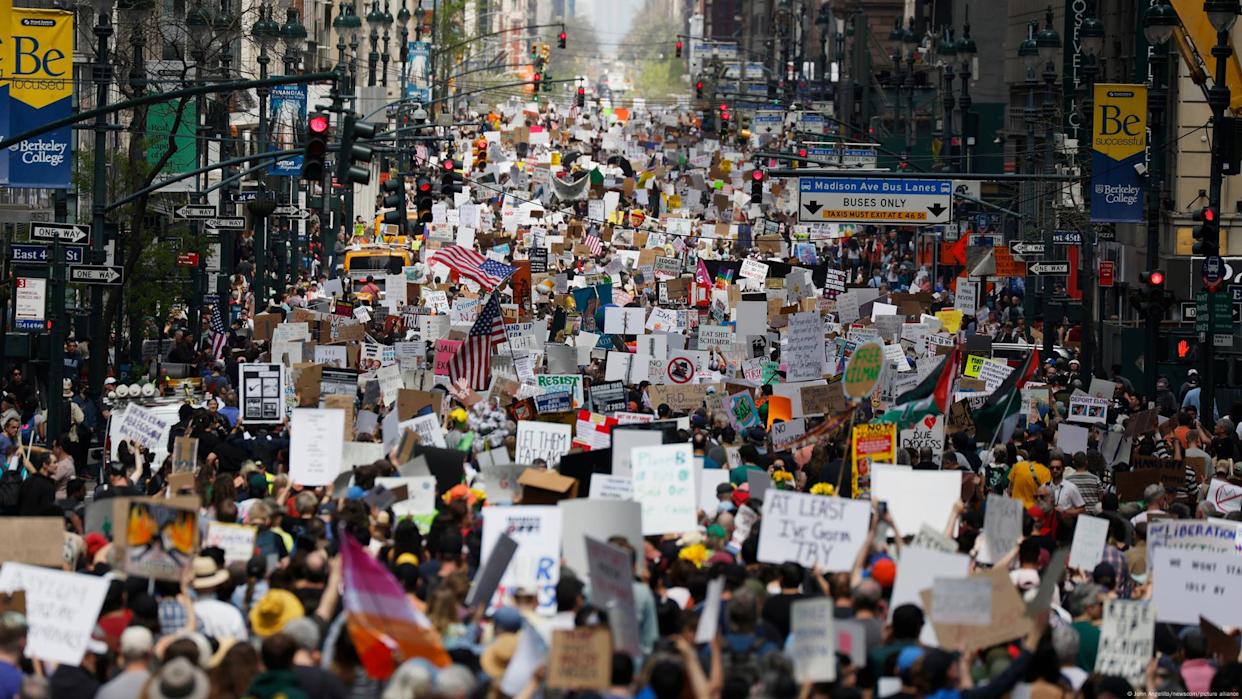
Thousands of protesters gathered on Saturday (April 19, 2025) in major cities like New York and Washington, as well as in small communities across the United States, in a second wave of demonstrations against President Donald Trump. The crowds denounced what they view as growing threats to the country’s democratic ideals.
In New York City, demonstrators of all ages rallied in front of the Public Library near Trump Tower, holding signs accusing the president of undermining democratic institutions and judicial independence.
Many protesters also criticized Trump’s hardline immigration policies, including mass deportations and raids targeting undocumented migrants.
“Democracy is in grave danger,” said Kathy Valyi, 73, the daughter of Holocaust survivors. She told AFP that the stories her parents shared about Adolf Hitler’s rise to power in 1930s Germany “are happening here now.”
In Washington, demonstrators voiced concern over what they see as Trump’s disregard for long-standing constitutional norms, such as the right to due process.
-

 International5 days ago
International5 days agoArsenal stun Real Madrid at the Bernabéu to reach Champions League semifinals
-
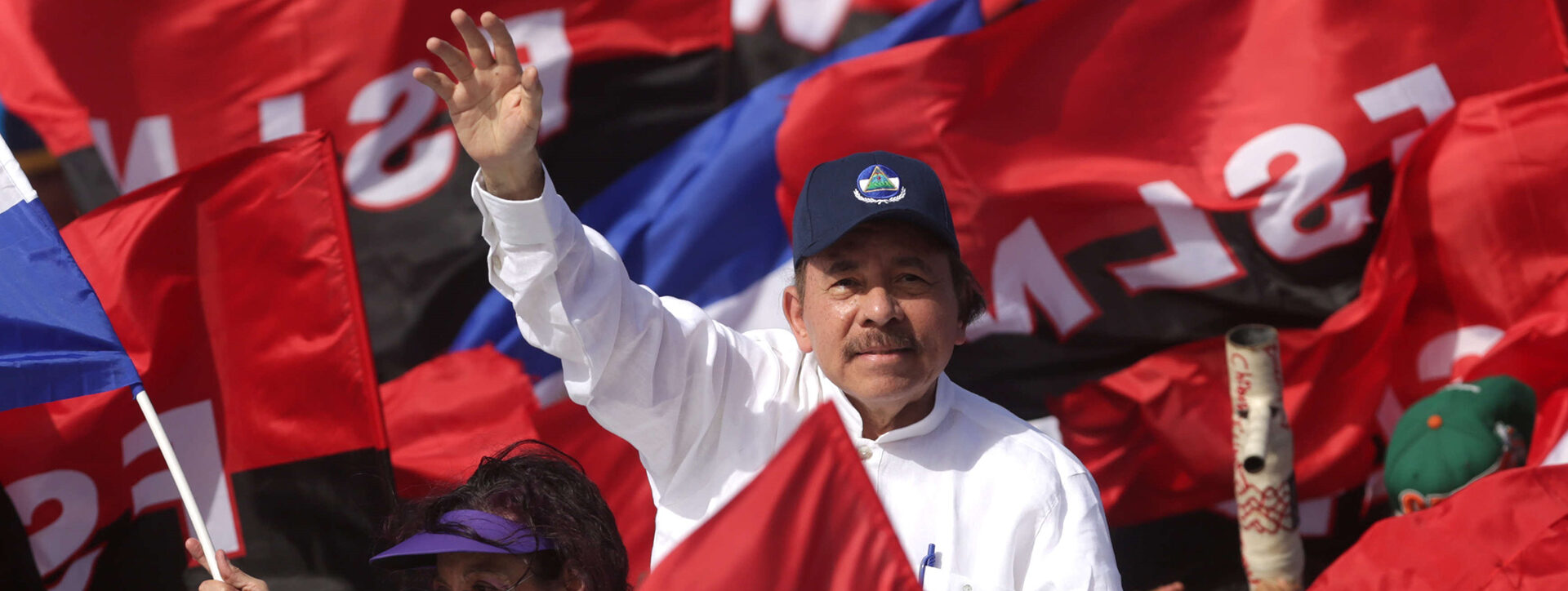
 Central America4 days ago
Central America4 days agoNicaraguan Exiles to Mark 7th Anniversary of 2018 Protests with Global Commemorations
-
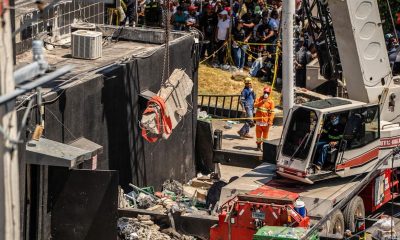
 International4 days ago
International4 days agoDominican ‘False Hero’ Arrested for Faking Role in Nightclub Collapse That Killed 231
-
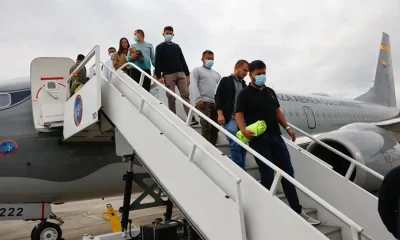
 International3 days ago
International3 days agoACLU seeks emergency court order to stop venezuelan deportations under Wartime Law
-

 International5 days ago
International5 days agoBogotá residents line up for yellow fever vaccine amid national alert
-

 International5 days ago
International5 days agoDeSantis’ immigration crackdown sparks alarm in Venezuelan Communities in Doral
-
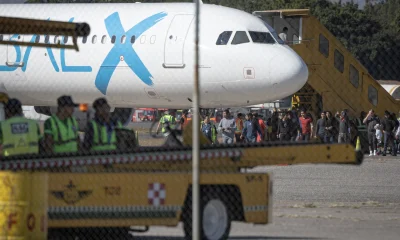
 Central America3 days ago
Central America3 days agoUN complaint filed against Costa Rica over detention of migrant children
-

 International5 days ago
International5 days agoMexico refuses to restore ties with Ecuador while Noboa remains in office
-
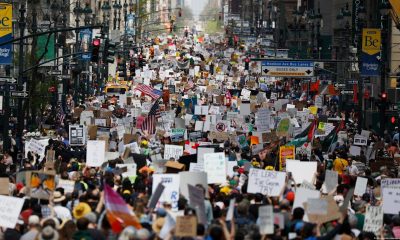
 International1 day ago
International1 day agoThousands rally nationwide against Trump’s threat to U.S. democracy
-

 Central America14 hours ago
Central America14 hours agoSenator Van Hollen Meets with Deported MS-13 Member in El Salvador; Trump and Bukele React
-

 International14 hours ago
International14 hours agoPope Francis Appears for Easter Blessing, Calls for Peace and Religious Freedom















